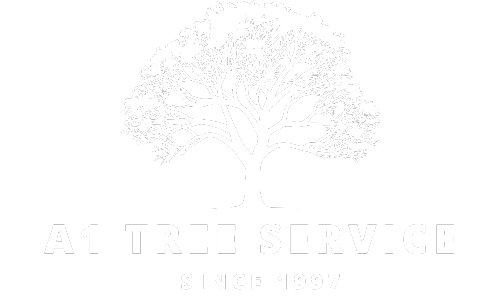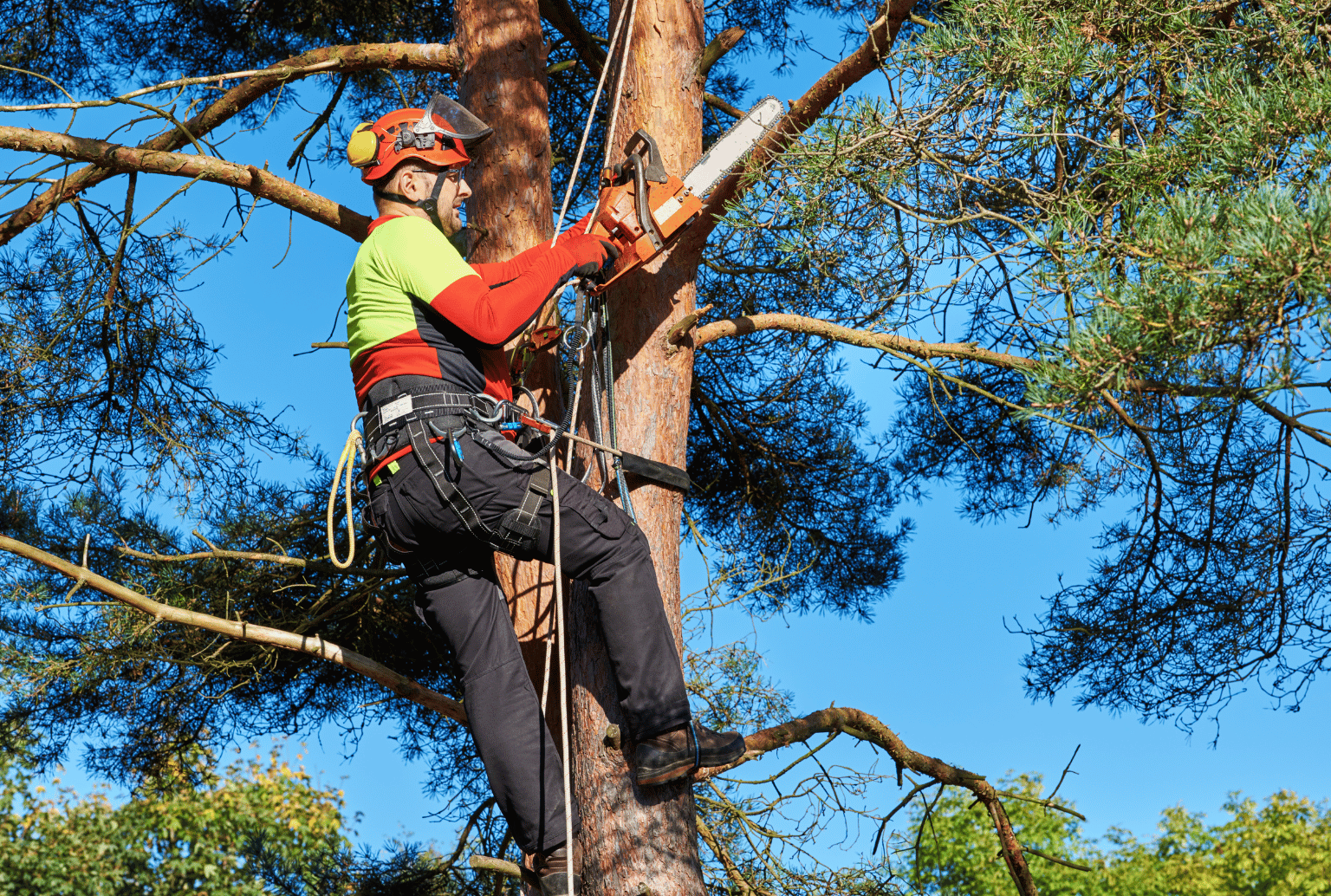Trees form an important aspect of our environment and their maintenance is best left to professionals. Becoming a certified arborist could be the best career option to pursue, especially when you love working outdoors, you are passionate about nature, and you want a fulfilling career.
This guide is going to take you through all there is to know about becoming a certified arborist; their requirements, certifications, and career opportunities.
What is a Certified Arborist?
A certified arborist is a specialist who has studied the science of planting, caring and maintaining trees. Arborists are tree professionals that know what trees need and are prepared to give them the care they deserve.
International Society of Arboriculture (ISA) certification indicates that an arborist has the expertise, knowledge, and dedication to the best practices of tree care.
Why Become a Certified Arborist?
To be certified is not a title, it has real rewards:
- Professional credibility: Certification enhances your image and gains the confidence of clients.
- Better job opportunities: Many employers and municipalities require certification.
- Better pay: Certified arborists can earn a better salary as compared to non-certified employees.
- Better skills and knowledge: Certification will keep you abreast with the current knowledge on tree care.
Step 1: Understand the Basic Requirements
You should satisfy the eligibility requirements of ISA before you can apply to be certified. This includes:
Work Experience
You need to have at least three years of full time, practical experience in arboriculture.
This can include:
- Tree pruning and removal
- Tree climbing using rope and saddle
- Tree planting and maintenance
- Pest and disease diagnosis
- Urban forestry or consulting
Note: Work experience may be credited against the work experience requirement if you have a degree in arboriculture, horticulture, forestry or similar field.
Education (Optional but Helpful)
Although college education is not strictly necessary, a college education in forestry or plant sciences may offer an advantage. Some community colleges and universities offer arboriculture programs.
Step 2: Study for the ISA Certified Arborist Exam
The following is the ISA Certified Arborist Exam preparation, which has 10 topics of arboriculture.
Topics Covered in the Exam
- Tree biology
- Soil management
- Water management
- Tree nutrition and fertilization
- Tree identification and selection
- Pruning and cabling
- Plant health care (insects, diseases)
- Tree risk assessment
- Climbing and safety
- Urban forestry and tree preservation
Study Resources
ISA provides a Certified Arborist Study Guide that is strongly encouraged.
Other helpful tools include:
- Online practice exams
- Arborist certification courses (offered by community colleges or online)
- ISA’s Tree Risk Assessment Qualification (TRAQ) workshops (optional)
Step 3: Apply for the Exam
When you are ready, you can apply to take the exam via the ISA web site.
Application Process
- Provide evidence of working experience (employer or client letters)
- Choose your testing location and date
- Pay the application fee
Cost
As of 2025, the ISA exam fee is:
- $170 for ISA members
- $280 for non-members
It is also worth considering joining ISA to save money and obtain access to valuable resources.
Step 4: Take and Pass the Exam
The ISA Certified Arborist exam is a multiple-choice exam, consisting of 200 questions administered on a computer. You’ll have 3.5 hours to complete it.
Tips to Pass the Exam
- Start studying at least 2–3 months in advance
- Take practice tests to identify weak areas
- Join online forums or study groups
- Attend prep workshops or webinars if available
Exam Scoring
To be certified, you must score at least 76 percent.
Step 5: Maintain Your Certification
Once you pass the exam, congratulations—you’re a certified arborist! But certification isn’t a one-time achievement.
Continuing Education Units (CEUs)
In order to renew your certification, you are required to acquire 30 CEUs within three-year period and a renewal fee.
CEUs can be earned by:
- Attending workshops or webinars
- Taking college courses
- Participating in tree-related events or training
- Publishing articles or giving presentations on arboriculture
Remaining an active member of the arborist community and learning will assist you to develop and further your career.
Career Opportunities for Certified Arborists
There is a broad spectrum of employment opportunities with certification such as:
- Municipal Arborist: Employ the cities or towns to take care of street trees and parks.
- Utility Arborist: Manage vegetation near power lines and infrastructure.
- Tree Climber or Crew Leader: Employment with tree care companies on a hands-on pruning or removals basis.
- Consulting Arborist: Offer professional advice and tree risk analysis to homeowners, commercial enterprises or lawsuits.
- Urban Forester: Design and maintain trees within cities and enhance green space and community well-being.
The Median pay of a Certified Arborist in the U.S.
U.S. Bureau of Labor Statistics and industry sources:
- Entry-level arborists: $35,000–$45,000/year
- Certified arborists: $50,000–$65,000/year
- Senior arborists or consultants: $70,000–$100,000+
Salary will be based on experience, location and the kind of arboriculture work you undertake.
Is Becoming a Certified Arborist Right for You?
If you:
- Enjoy working outdoors
- Are physically fit
- Want a stable and rewarding career
- Care about the environment and tree health
and then perhaps being a certified arborist is a good fit. It is a job that has science, nature and practical work as well as real world impact.



